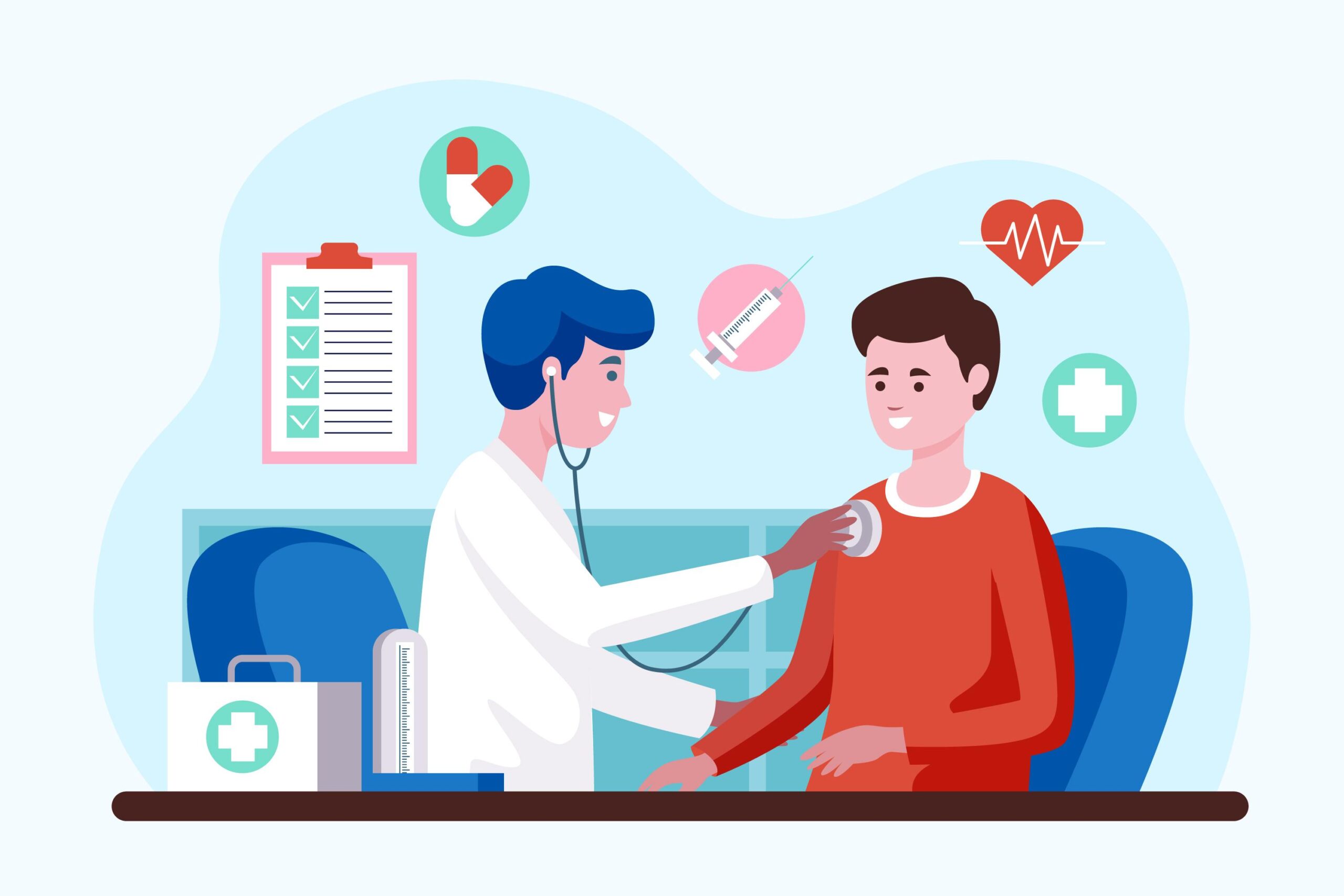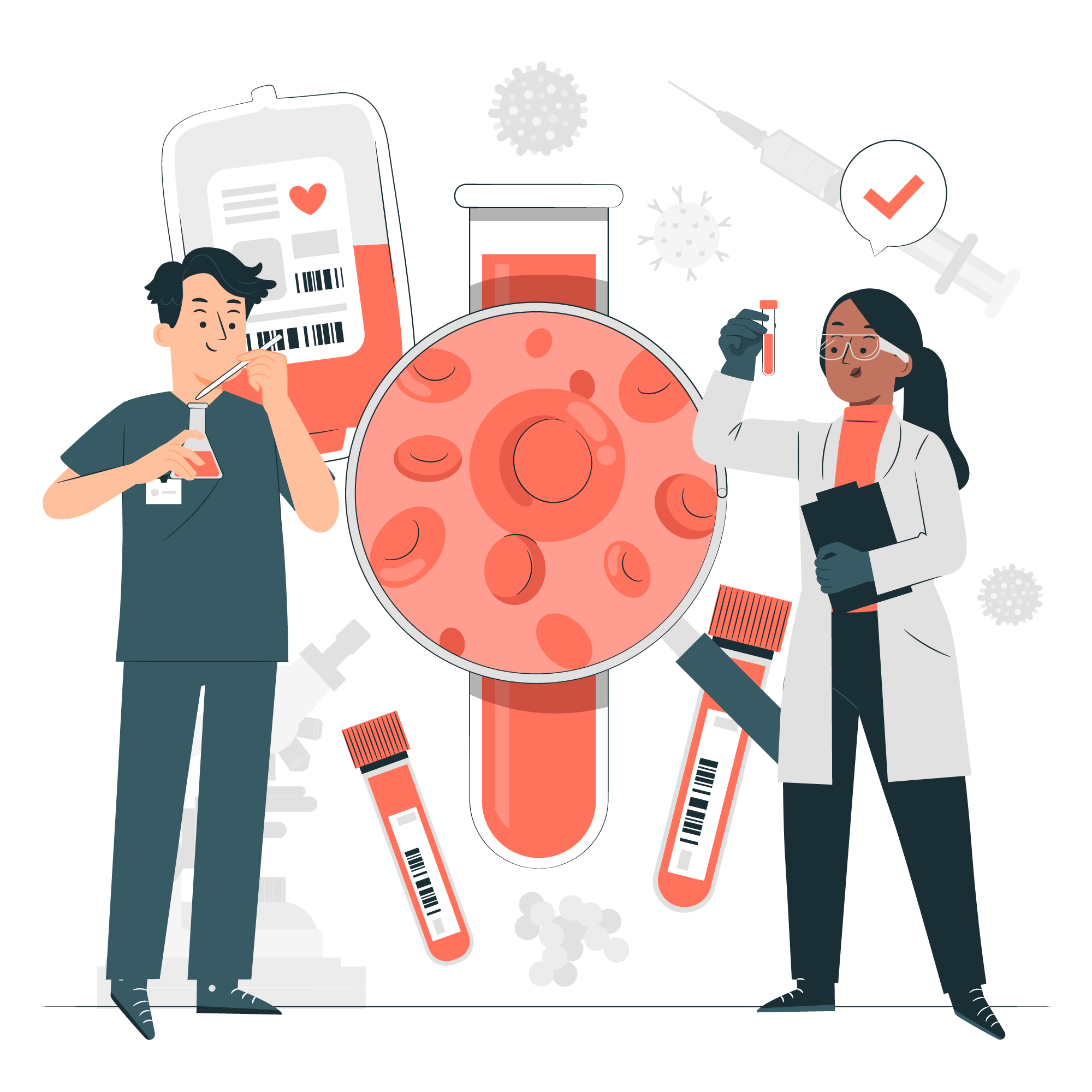Is Your Office Making You Sick? A Diagnostic View on Lifestyle Disorders
You walk into the office with coffee in hand, sit for 9+ hours staring at a screen, survive on vending machine snacks, and leave with a dull ache in your neck and a storm brewing in your head. Familiar? You’re not alone.
In today’s urban, fast-paced work culture, we’re chasing deadlines and goals at the expense of our bodies. From neck pain to high cholesterol, burnout to belly fat — the modern workspace is slowly becoming a breeding ground for sedentary lifestyle diseases. Let’s break down how your office environment could be silently harming you, and how diagnostics can come to the rescue.
1. The Rise of Sedentary Lifestyle Diseases
Sedentary lifestyle diseases refer to health problems that stem from prolonged physical inactivity and poor work-life balance. Think of disorders like:
Hypertension
Type 2 Diabetes
Obesity
Depression and Anxiety
Heart disease
Musculoskeletal issues like cervical spondylosis and lumbar pain
These are no longer just issues of age — even professionals in their 20s and 30s are falling prey. Thanks to the “sit-and-scroll” routine that our jobs demand, these diseases are spreading fast and often undetected.
Diagnosis Tip: Regular health checkups for employees can help detect lifestyle diseases at an early stage, making management easier and cost-effective.
2. Urban Lifestyle Impact: Your Zip Code Affects Your Health
City life brings convenience — but also stress, pollution, processed food, poor air quality, and social disconnection. These urban stressors significantly affect both physical and mental well-being.
Common Urban Health Triggers:
Skipping meals or binge eating during late nights
Constant exposure to screens leading to eye strain and insomnia
Daily commutes causing physical fatigue and poor posture
Limited exposure to natural light or fresh air
Did You Know? Studies show that individuals in metro cities like Mumbai, Delhi, and Bangalore are 3x more likely to develop heart conditions by their mid-30s than rural counterparts.
3. Work Stress Test: Diagnosing What You Can’t See
Stress isn’t just a feeling — it’s measurable, diagnosable, and treatable.
A Work Stress Test or Occupational Health Assessment evaluates both physical and mental stress markers through:
Blood pressure and cortisol level checks
Heart rate variability
Sleep pattern analysis
Burnout questionnaires
Diagnostic tests like ECG, 2D Echo, and complete blood work
This test is essential for identifying invisible triggers like chronic fatigue syndrome, anxiety disorders, or early signs of cardiac issues.
Pro Tip: Encourage your HR to make stress testing a part of the annual employee wellness plan. It saves lives — and productivity.
4. The Corporate Culture Trap: Glamour Outside, Damage Inside
From free pizzas in meetings to #hustle culture glorification, corporate life often encourages unhealthy habits under the banner of “ambition.” But beneath that is:
5+ hours of sitting without movement
Coffee replacing hydration
Ignored symptoms like back pain, acidity, palpitations
Guilt around taking health breaks
This behavior may win promotions, but it quietly pushes your body toward sedentary lifestyle diseases that will cost more than a raise.
Remember: Performance is important, but survival is non-negotiable. No deadline is worth a heart attack.
5. Preventive Diagnostics: A Silent Weapon Against Lifestyle Disorders
Waiting for symptoms to appear before visiting a doctor? That’s old-school and risky.
Modern diagnostics allow early detection through:
Lipid and Sugar Profile
Vitamin Deficiency Panels (especially B12 and D3)
Liver and Kidney Function Tests
Mental Wellness Questionnaires
2D Echo, ECG, and Stress Tests
Case Example: At Kaizen Diagnostic Centre, we identified borderline diabetes in a 29-year-old executive during a routine checkup. Early diagnosis led to lifestyle corrections — no insulin needed.
Early intervention = fewer medicines + better health outcomes.
6. Health Checkups for Employees: Corporate Responsibility Meets Employee Wellness
An annual party is great. But you know what’s even better? Offering health checkups for employees.
Benefits of Employee Health Screening:
Lower absenteeism
Higher productivity
Better team morale
Early detection of chronic diseases
Reduced healthcare costs for both employer and employee
It’s time companies go beyond gym memberships and actively invest in diagnostics for their workforce.
Recommendation: Build a Corporate Wellness Plan that includes quarterly blood tests, fitness assessments, stress tests, and lifestyle counseling.
7. Small Changes, Big Impact: How to Beat the Office Health Curse
Let’s not paint the office as the villain. The real issue lies in unawareness and inaction. Here’s what you can do:
Set hourly reminders to stretch or walk
Eat real food, not just fast food
Get sunlight — even if it’s during your tea break
Talk about your mental health without shame
Get routine health checkups, even if you “feel fine”
Simple Rule: If you’re investing 10 hours a day in work, spend 30 minutes a day on health. It’s not balance, it’s basic math.
Closing Thoughts: Diagnostics Are the Mirror You Didn’t Know You Needed
Your body is quietly talking to you through fatigue, bloating, stress, or weight gain. Are you listening?
At Kaizen Diagnostic Centre, we believe that diagnostics isn’t just about finding disease — it’s about finding peace of mind. Don’t wait for a crisis. Start with a preventive health checkup that’s tailored for the urban, corporate lifestyle.




Pingback: Full Body Checkup – Combining Pathology and Sonography for